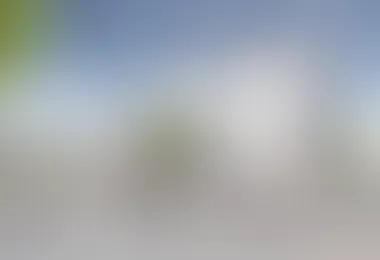DirectCure
DirectCure medium pressure lamps produce high uv radiation between 190 and 220 nm. In an inerted atmosphere under nitrogen, the uvc radiation stimulates acrylate molecules. The acrylate molecules directly generates radicals for the polymerization/crosslinking of acrylate-based printing inks/varnishes.
The use of DirectCure lamps as intermediate or final curing or also for post-curing of prints is the easy way to produce low-migration prints.
Suitable curing systems with nitrogen inertisation are available.
The migration values achieved with DirectCure are comparable to electronic beam curing.
Advantages:
- Achieving food compatibility (migration)
- Suitable for applications that could previously only be achieved using EBC (electronic beam curing) = great price advantage for the customer
- Simple retrofitting of all existing inert systems
- UV systems without inert can also be retrofitted by adding an inert chamber
Characteristics:
Highest conversion of double bonds through direct stimulation of the acrylates:
- Enhancement of chemical and temperature resistance
- Better light and weathering resistance
- Crosslinking density higher than with electron beam curing
Very low concentrations (<0.5%) of photo initiators required:
- Significant reduction in migration and VOC emissions
- No UV smell
- Limit values for migration from food packaging can be observed
